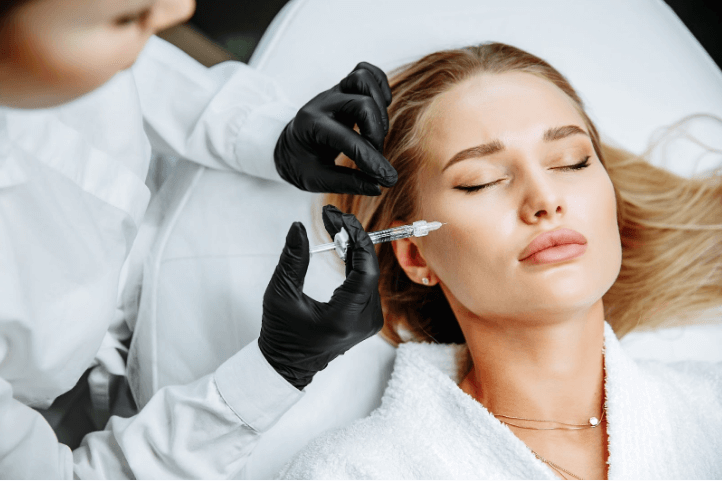
Women have known for a long time that Botox injections can lessen the look of wrinkles and creases on the forehead, so this isn’t news.
According to the American Society of Plastic Surgeons (ASPS), more than 7 million botulinum toxin injections were administered in 2016. This makes it the most popular nonsurgical cosmetic treatment.
Did you know that the medical aesthetics business makes use of Botox injections for several purposes not approved by the Food and Drug Administration?
Botox’s Unexpected Benefits
Though Botox is most commonly used to treat wrinkles, it has numerous unexpected off-label uses as well. Off-label refers to the practice of using a drug that has been approved by the Food and Drug Administration (FDA) for a purpose other than that for which it was originally intended.
Getting a medicine approved requires the firm to submit clinical data and other material for consideration by the FDA. To gain approval, the business must demonstrate that the drug is both safe and effective for the intended population.
When the FDA says a drug is “safe,” it indicates that the advantages of using it have been weighed against any hazards. When there is insufficient clinical data on a treatment, it may be administered off-label.
What You Can Expect from Botox Coursework
Indications and side effects of Botox treatments are discussed with patients during consultations.
The causes of wrinkles and their treatment as we age.
An overview of Botox’s scientific background.
Methods for administering Botox effectively.
Botox and other injectable cosmetics: safety procedures, hazards, and advantages.


